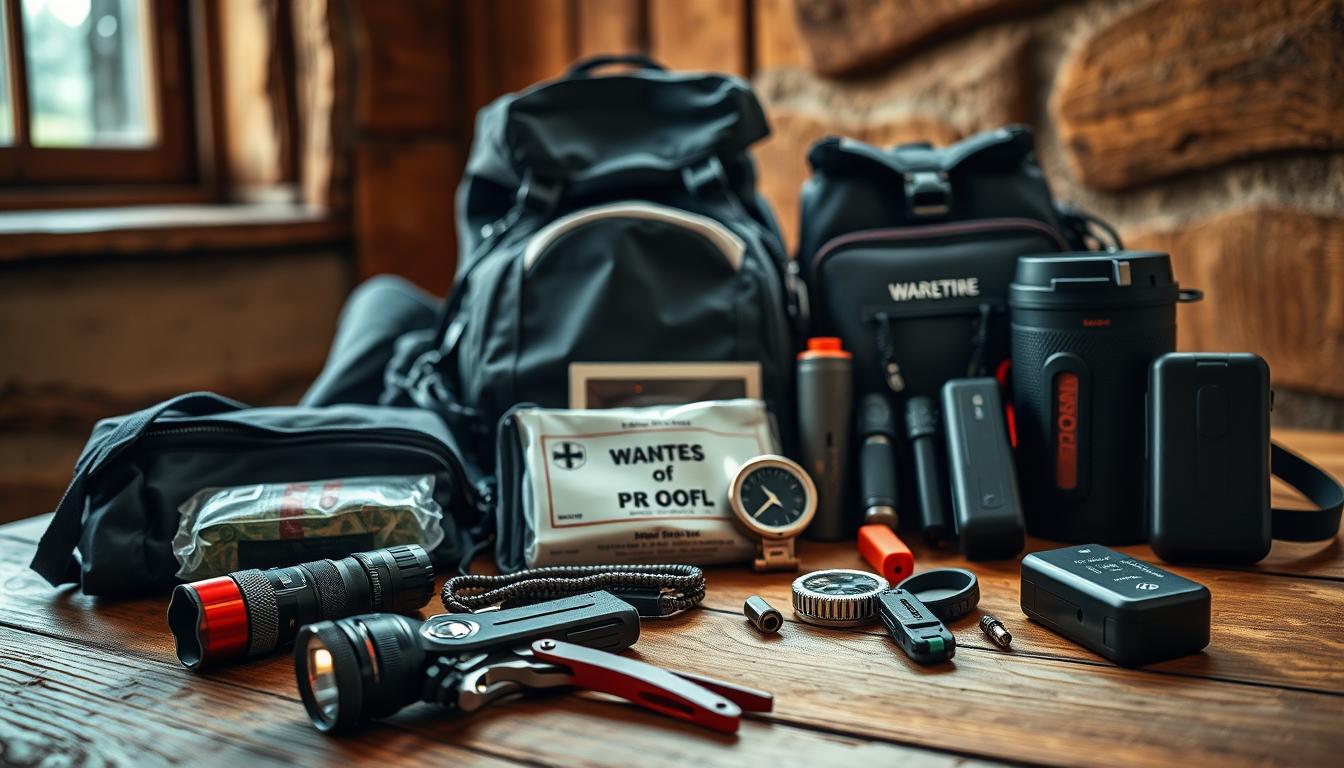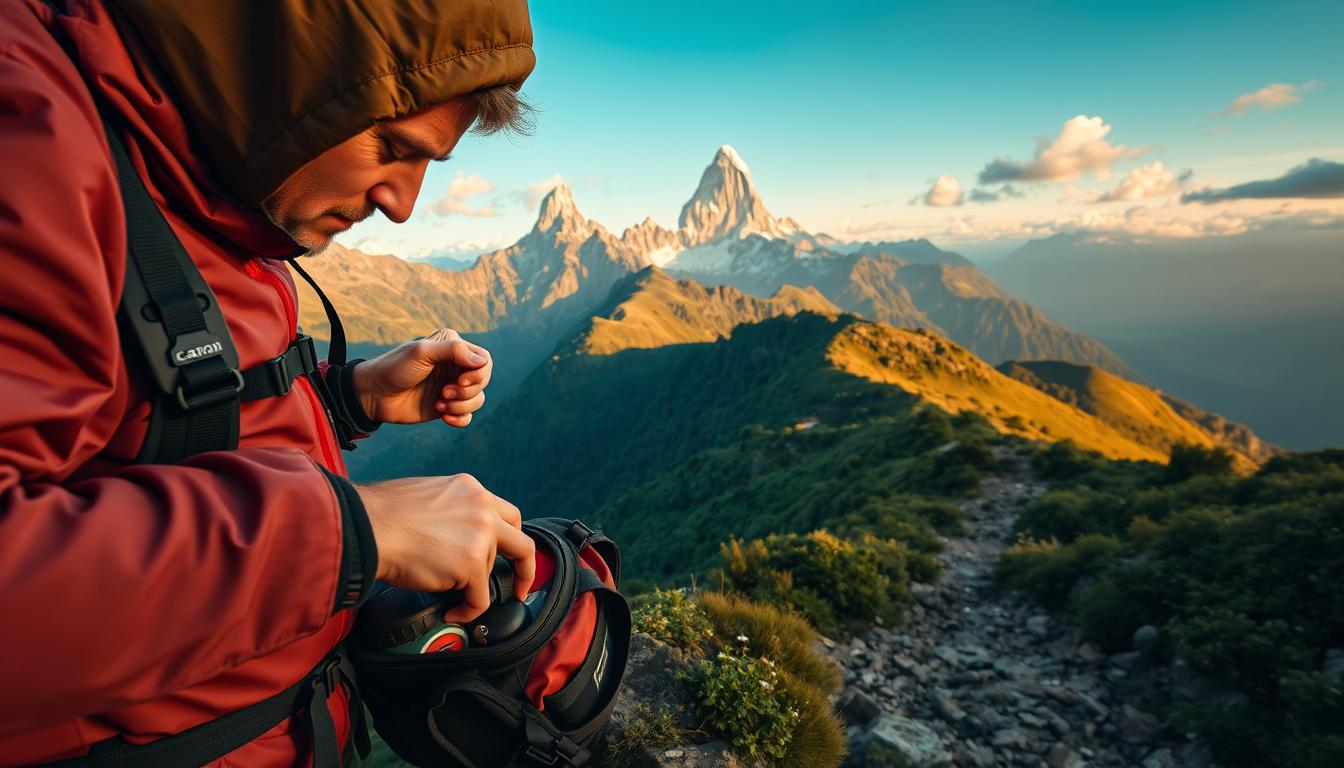Ever wondered how seasoned explorers enjoy thrilling journeys without constant worry? The secret lies in smart preparation. Whether you’re hiking remote trails or kayaking wild rivers, knowing your destination transforms risks into rewards. Start by researching local terrain, weather patterns, and cultural norms—these details shape every decision.
Preparation isn’t about eliminating excitement—it’s about enhancing it. A well-planned trip lets you focus on the experience, not the “what-ifs.” Packing the right gear, understanding seasonal conditions, and connecting with knowledgeable guides can make all the difference. Even short getaways demand attention to detail.
We’ve all heard stories of unexpected challenges derailing trips. That’s why building a reliable support network matters. Traveling with a trusted group or consulting experts ensures you’re never alone in tricky situations. Small steps, like checking equipment or sharing your itinerary, add layers of security.
In the next sections, we’ll break down practical strategies—from emergency plans to gear checklists—so you can embrace your journey with confidence. Let’s turn preparation into your greatest adventure ally.
Research and Planning Your Adventure
Smart adventurers know the best experiences start with a map and a plan. While spontaneity has its charm, thorough groundwork ensures you’ll navigate challenges smoothly. Let’s dive into strategies to balance excitement with smart preparation.
Understanding Your Destination: Local Culture, Weather, and Terrain
Start by studying regional customs. Respecting traditions avoids misunderstandings—like dressing modestly in sacred areas or learning basic greetings. Check seasonal weather patterns through apps like the FEMA App or NOAA. Sudden storms can turn a hike risky, so pack layers and waterproof gear.
| Research Category | Key Sources | Action Steps |
|---|---|---|
| Local Culture | Tourism bureau websites | Learn etiquette rules |
| Weather Updates | FEMA App, local news | Pack adaptable clothing |
| Terrain Challenges | Trail reviews, topographic maps | Assess fitness requirements |
Identifying Risks and Gathering Safety Information
Use trusted platforms like Ready.gov to spot regional hazards—wildlife activity, political unrest, or trail closures. Share your itinerary with at least two people using encrypted apps like Signal. Create a group emergency plan that includes medical facility locations and evacuation routes.
Reputable tour companies often share firsthand insights on forums. Cross-check their advice with recent traveler reviews. A quick call to local ranger stations can clarify trail conditions you won’t find online.
Travel safety for adventure travel Essentials
Staying secure during off-grid journeys hinges on proactive steps. Think of preparation as your invisible shield—lightweight but unbreakable. Let’s explore how simple habits keep you connected and protected, even in remote corners.

Emergency Readiness and Staying Connected
A well-stocked emergency kit is non-negotiable. Include waterproof matches, a solar charger, and a whistle—these items weigh little but solve big problems. Add prescription meds and a compact first-aid manual. Check expiration dates monthly.
Sign up for alerts via the CDC Travel Health Notices. Share real-time location updates with trusted contacts using apps like Life360. If cell service drops, satellite messengers like Garmin inReach provide lifelines.
Safeguarding Records and Coverage
Store digital copies of passports and visas in encrypted cloud storage. Use a waterproof pouch for physical documents. When choosing insurance, verify it covers helicopter evacuations and gear loss—common issues in rugged areas.
Book through companies with verified safety certifications, like Adventure Travel Trade Association members. They’ll have vetted guides and crisis protocols. Remember: policies vary, so read fine print about activity-specific risks.
Gear, Equipment, and Health Precautions
Confidence in the wild starts with the tools you carry. The right gear transforms challenges into triumphs while keeping your focus on the experience. Let’s explore how to equip yourself for both thrill and security.
Selecting the Right Adventure Gear and Safety Equipment
Quality beats quantity every time. For climbing, choose harnesses certified by UIAA or CE standards—they’re tested for extreme stress. Water activities demand dry bags and helmets with adjustable fit systems. Always prioritize breathable, quick-dry fabrics over bulky alternatives.
| Activity | Must-Have Gear | Why It Matters |
|---|---|---|
| Rock Climbing | Dynamic ropes, locking carabiners | Absorbs impact forces during falls |
| Kayaking | Spray skirt, bilge pump | Prevents swamping in rough waters |
| Multi-Day Hikes | Water filter, moisture-wicking socks | Fights dehydration and blisters |
Building Your Emergency Kit and First Aid Supplies
Pack smart: a compact kit should include止血 gauze, antiseptic wipes, and a SAM splint. Add a water purification tablet stash—contaminated water causes 60% of backcountry illnesses. Test gear monthly; replace expired items during routine trip planning.
Maintaining Fitness and Managing Health Risks
Train for your terrain. If tackling elevation, practice stair climbs with a loaded pack. Mental clarity matters as much as strength—meditation apps like Headspace build focus. Guides from companies like Above and Beyond Alaska tailor routines to specific journeys, blending safety with discovery.
Conclusion
The path to unforgettable experiences begins long before you lace up your boots. We’ve seen how smart research, reliable gear, and the right mindset turn potential risks into stories worth sharing. Every safe adventure starts with respecting your environment—whether that’s checking trail conditions or packing a water filter for backcountry streams.
Proactive steps make all the difference. Double-check insurance coverage. Test equipment with your group beforehand. Even a simple backup plan for unexpected events can shift outcomes dramatically. Remember: trusted expert advice and quality preparation let you focus on the moment, not the “what-ifs.”
Stay curious, stay ready. Share these strategies with fellow explorers. With thoughtful planning and attention to detail, your next adventure trip becomes more than a journey—it’s a confidence-building chapter in your storybook. Now go write it.


